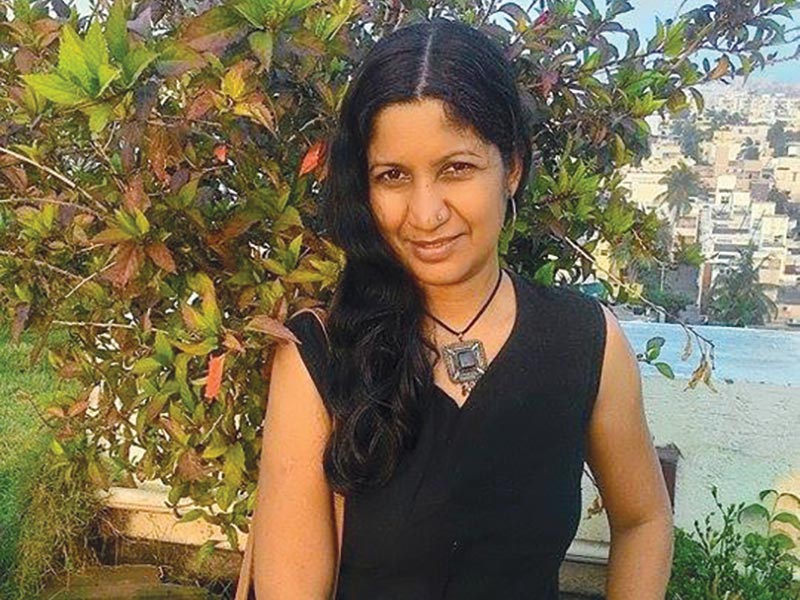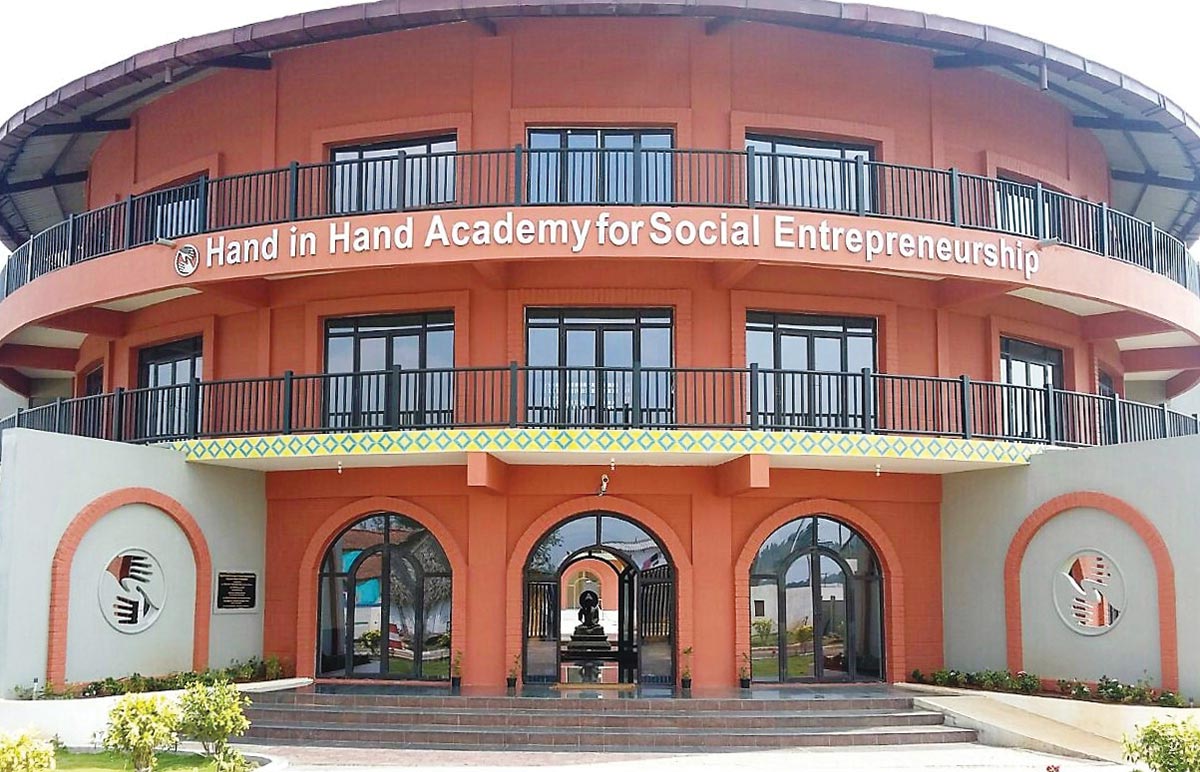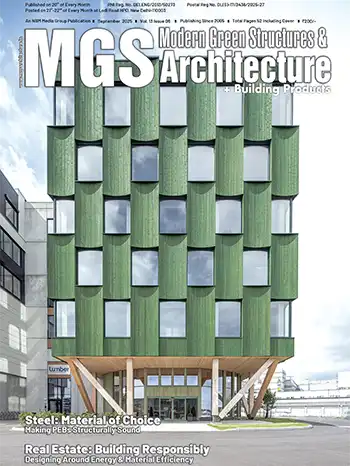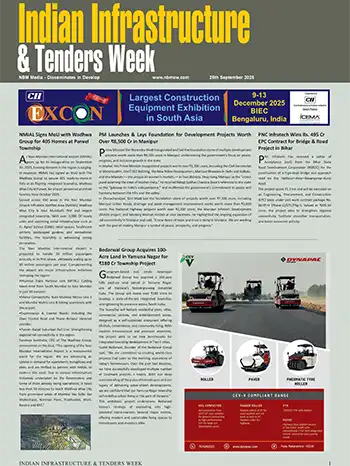
We do foresee more adoption of eco-friendly building construction practices in the near future. In addition, if governmental regulations are brought in to make green buildings mandatory (as already seen in progressive municipalities), we will see a faster growth rate in the adoption of such practices. In general, the whole process has taken too long to sink into the large scale building industry that exists in India today, and although the present scenario is a little better than say about 10 years ago, we still have a long way to go to break into the mould of conventional building methods, materials, and practices.
 Academy of Social Entrepreneurship, Kaliyanoor, Tamil Nadu
Academy of Social Entrepreneurship, Kaliyanoor, Tamil NaduThe main roadblocks have been lack of awareness among the general population about the on-going environmental degradation and its impending consequences, too much focus on initial costing of construction without thinking through the longer-term environmental benefits as well as cost savings that could result from eco-friendly construction practices. There is also a lack of awareness within the building industry about the existence of alternate and green building techniques / materials and their advantages. There has also been the general un-involvement and disinterest of the governing agencies to mandate environmentally sustainable practices.
There is too much focus on initial costing without thinking through the longer-term environmental benefits as well as cost savings that could result from eco-friendly construction practices
I admire...
The Green School commissioned by environmentalists John and Cynthia Hardy and designed by team PT Bambu. It is located near the Ayung River in Bali within a lush native jungle. The use of bamboo that has been sustainably harvested by local farmers, makes a statement, saying that it is possible to construct a relatively large structure using bamboo that provides both structural stability and aesthetics. Bamboo in this case can be equated to using manufactured reinforcement steel. The entire school radiates a ‘natural’ feel! The openness of the entire school incorporating thatch roofing, ensures adequate ventilation and shade in the hot humid climate of Indonesia. The versatility of bamboo is clearly brought out by its innovative use as walls, roofing, railing, doors, bridges and so on. The campus is powered by a number of alternative energy sources including a hydro-powered vortex generator and solar panels. Sustainable gardens, tended by students are part of the school.















